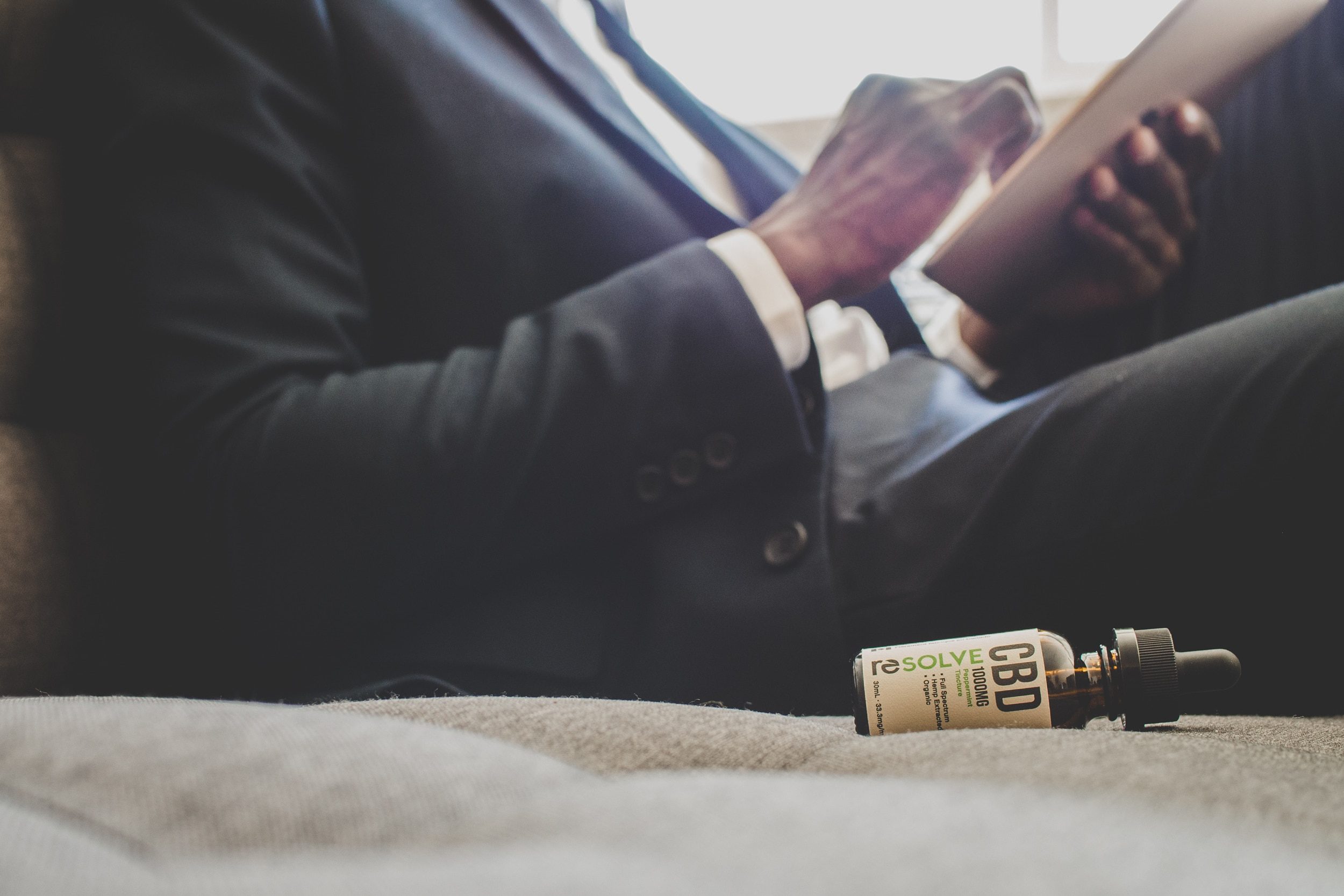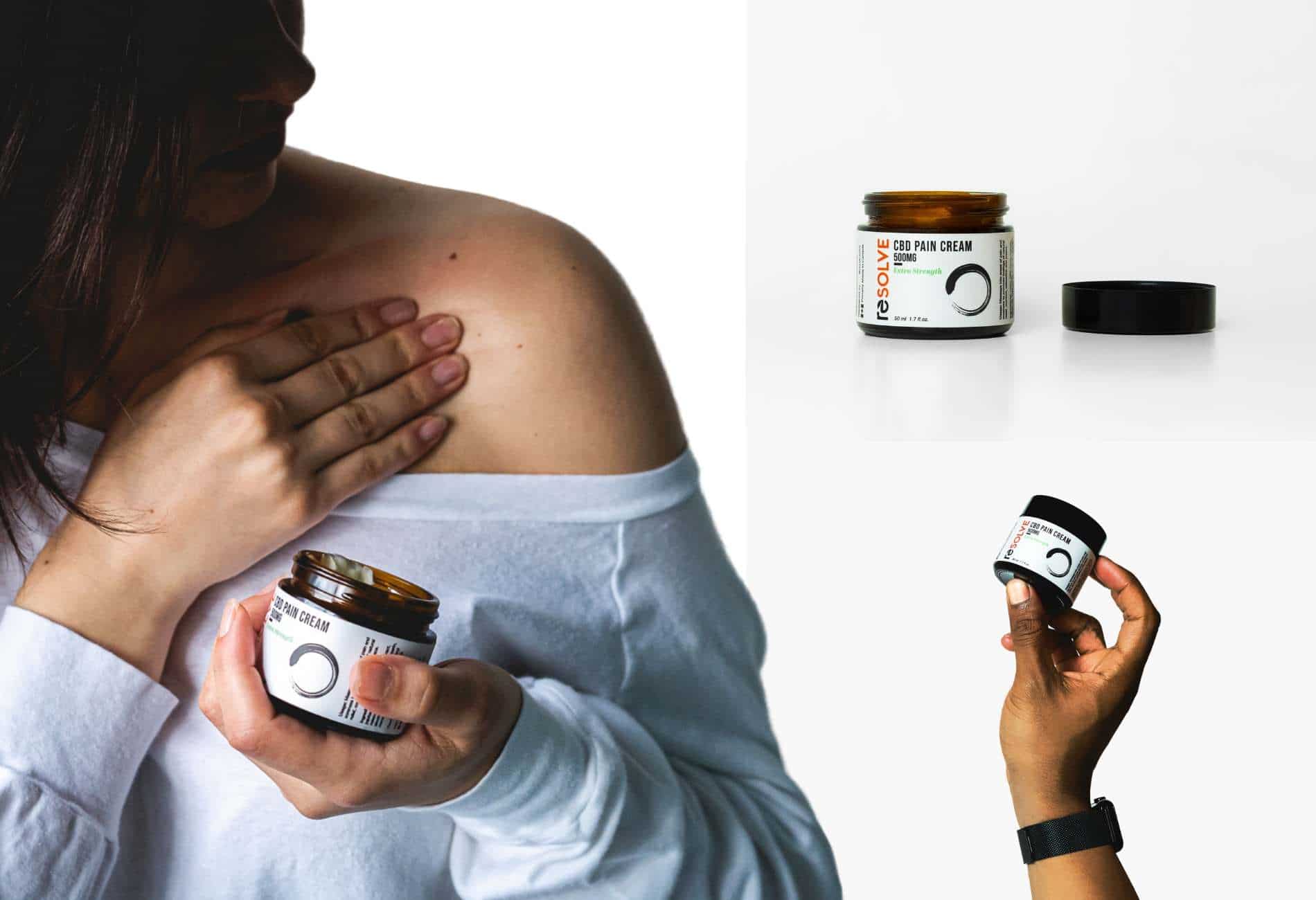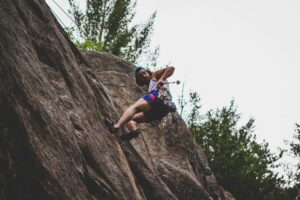CBD for Running Injuries & Recovery
Reading Time: 8 minutes
While the benefits of running are plenty, it can also come with some drawbacks. Unsurprisingly, running puts a great deal of stress on the body, particularly the legs. Here, CBD for runners can offer multiple recuperative health benefits.
Running, jogging, sprinting—all of these activities are time-honoured methods of exercise. Not only are they a great way to get your heart rate up and get in shape, but they are also a cost effective alternative to traditional gyms. Taking a jog around your neighbourhood doesn’t cost anything but a bit of willpower. Lately, running as a form of exercise has gained even more popularity. With the advent of the ongoing pandemic and the subsequent closing of fitness facilities, there has been a rapid rise in the number of people who have taken to running outside to get their dose of exercise.
Contents
Cannabidiol, commonly known as CBD, has a plethora of health benefits including reducing anxiety, improving the quality of your sleep, and assisting in muscle recovery. While it remains a relatively new area of research, recent years have seen a rise in published studies confirming its effectiveness as a remedy for both short and long-term pain. If you are interested in finding alternatives to over the counter medicine but you’re concerned about the “high” associated with the cannabis plant—we are here to put your worries to rest. While both CBD and THC are derived from cannabis, unlike THC, CBD is a non-psychoactive cannabinoid, meaning there is no “high” associated with it.


CBD and the Endocannabinoid System
CBD functions and interacts primarily with your Endocannabinoid System, or ECS. Your ECS’s entire purpose is to regulate and maintain bodily homeostasis so that you are better able to deal with threats from the external environment. This can include everything from fighting off disease and physical illness, to helping with mental tensions and stress. The ECS is composed of three main elements: endocannabinoids, enzymes, and receptors. Endocannabinoids are molecules that the body naturally produces, which bind to proteins and cannabinoid receptors throughout the central and peripheral nervous systems to ensure that your body is running smoothly. Cannabinoid receptors can be found throughout the body and they are what endocannabinoids bind to which signals to the ECS that it must take action against physical and mental stresses. Finally, the role of enzymes is to break down endocannabinoids after they have performed their function.
How does CBD work?
Your body produces many nutrients naturally and that includes endocannabinoids. However, just like other nutrients, there are many reasons why your body might need additional reinforcement or aid. Reasons for this can include increased external stresses like a sudden illness, a period of increased stress, or a nutrient deficiency. Since CBD is a phytocannabinoid, your enzymes begin to break it down just as they do with your body’s naturally-produced endocannabinoids. However, their introduction to your system effectively distracts and blocks your naturally-produced endocannabinoids from being broken down by enzymes. This frees up your endocannabinoids to bind to receptors because CBD does not bind to those receptors. THC, on the other hand, binds with receptors, which is why you feel a buzz once it is introduced into your system. Along with blocking the breakdown of your endocannabinoids, CBD also binds to non-cannabinoid receptors like serotonin receptors, which is responsible for regulating pain, sleep, and mood. CBD has also been shown to possess anti-inflammatory properties. Considering all of the benefits, it’s no wonder that athletes and runners have begun to rely on CBD as a common remedy for all sorts of running-related injuries. There are countless testimonies online of runners who have used CBD and found the effects to be highly beneficial. Learn more about how CBD works in our body here.
Below we’ve devised a list of the most common running injuries and the way in which CBD can help alleviate or soothe the issue:
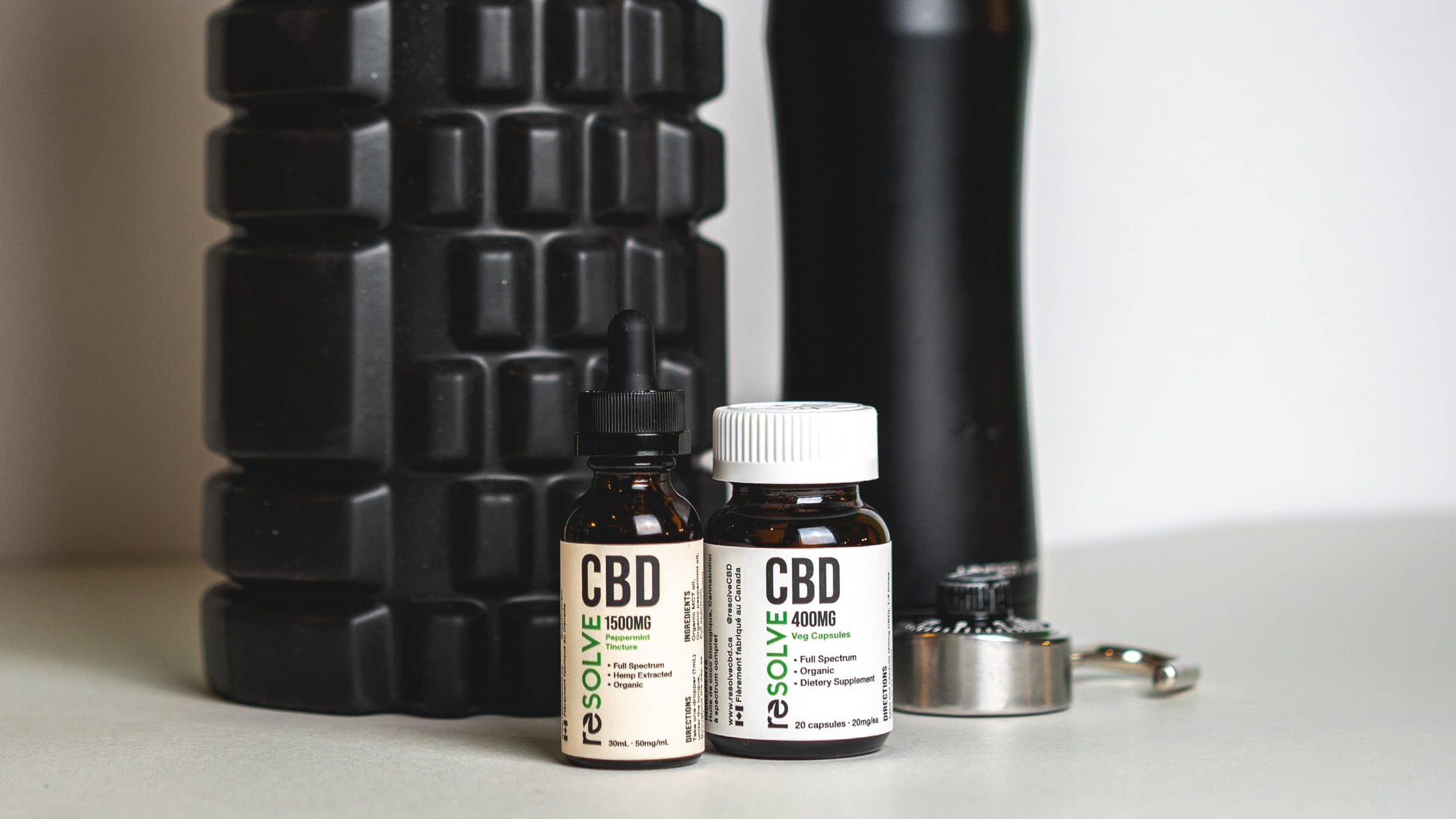

CBD for runners: common injuries and how CBD can help
Runner’s Knee
Among the list of possible running injuries is the most common of them all—Patellofemoral pain syndrome (PFPS), or “runner’s knee”. Runner’s knee occurs when the cartilage on the back of your kneecap is irritated. It is so common that it accounts for almost 40% of all running injuries. However, despite its name, runner’s knee isn’t exclusive to runners. It can flare up as a result of long periods of sitting down, or while going down a flight of steps or a hill. This means that although runners are particularly vulnerable to PFPS because of the consistent stress they are putting on their knees; anyone who puts an extra load on their knees could potentially suffer this injury. You have a higher chance of developing PFPS if you are prone to overpronation (excessive inward foot rolling), if you have weak hips, glutes, or quads.
After a run, CBD users might rub the cream or balm on their kneecaps as well as the backs of their knees in order to alleviate any soreness. For athletes who pay particular attention to what they allow into their bodies or are opposed to over the counter medicine, CBD can be a natural alternative to ibuprofen or acetaminophen. It’s important to note that rehabbing runner’s knee includes exercises that effectively strengthen the weak glute and hip muscles. While CBD will help ease the soreness of muscle strain and tension, combating the issue requires getting to the root of the pain. Similarly, OTC medicine, icing, and applying heat will only help ease pain but will not cure an injury.
Achilles Tendonitis
The Achilles tendon is what attaches your two main calf muscles to your heel. The tendon tightens and becomes irritated when it’s under too much stress. Achilles Tendonitis is less common than runner’s knee but still takes a substantial part of the runner’s injury pie at approximately 11%. You are likely to suffer from AT if you increase your training dramatically, like adding speed and hills to your workout, or if you have weak calves. Doctors heavily advise that you stop exercising immediately if you begin to experience this pain during a run. According to Dr. Amol Saxena, a sports podiatrist in Palo Alto, “This is not an injury to run through.”
Strengthening the calf with heel drops will slowly rehabilitate your Achilles tendon. The stronger your calves, the less likely you’ll experience any flare-ups. Applying ice will also help with swelling. For pain relief, resolveCBD carries CBD pain cream, which can be applied directly to the affected area and massaged into the skin. Since our skin contains many cannabinoid receptors, topicals such as CBD cream can be absorbed and used directly on the affected area.
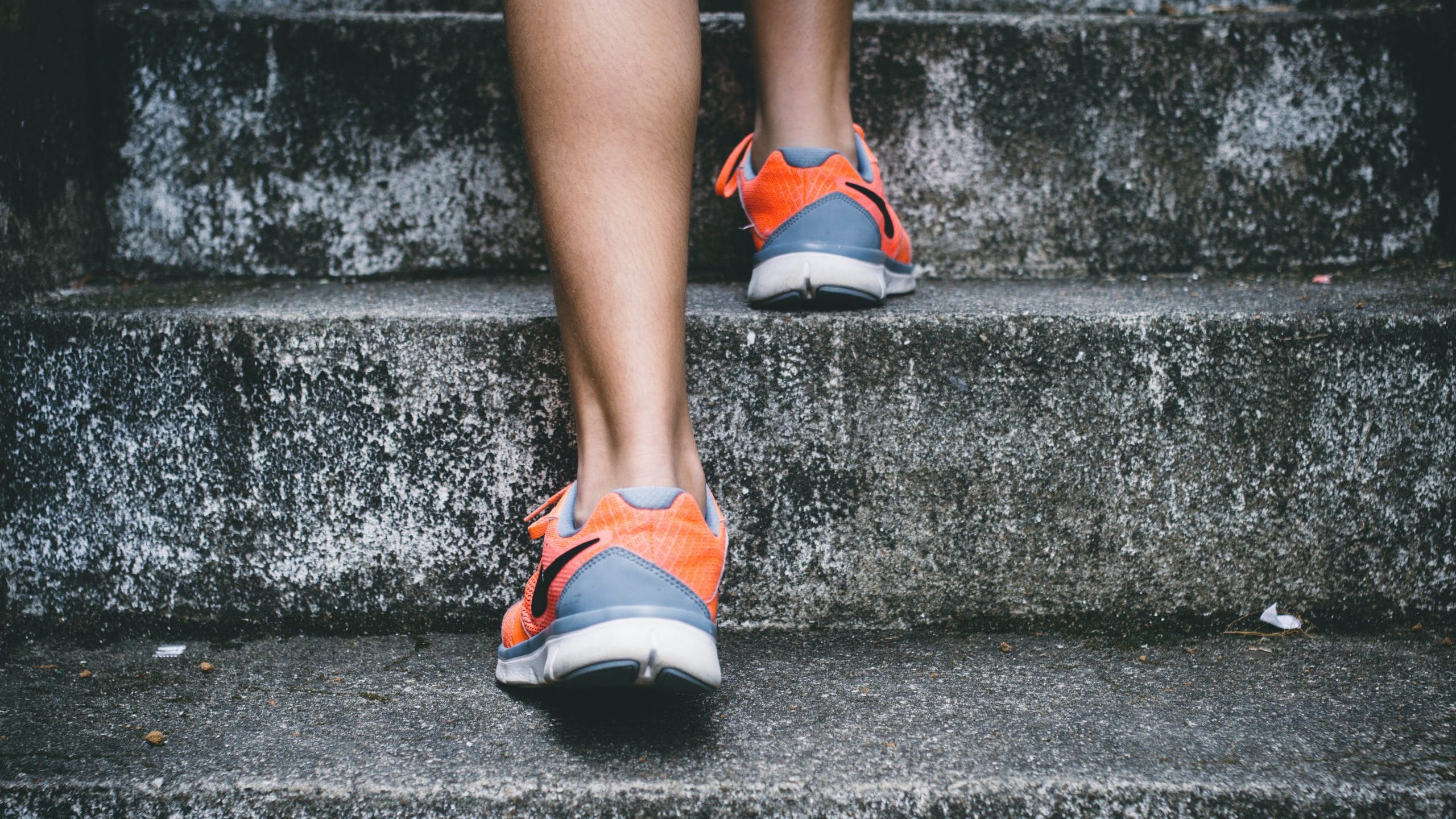

Plantar Fasciitis
It is unsurprising that about 15% of all running injuries are foot-related since your feet absorb the most force when you run, carrying your full body weight. Plantar Fasciitis specifically refers to small rips or an inflammation of tendons and ligaments that start from your heel and travel to your toes. The sensation that people report who have experienced Plantar Fasciitis is a bruise or dull ache at the arch of the foot or bottom of the heel. According to Dr. Saxena, runners who have particularly high or low arches are at high risk of developing PF because both foot shapes cause the Plantar Fascia to be stretched away from the heel bone. Increasing the mileage of your run too quickly instead of gradually, as well as standing for long periods of time on hard floors without comfortable footwear, can also potentially cause PF. It is possible to run through PF because, while it is a nagging injury, it is not one that is unbearable pain-wise. However, be advised that running through this injury will delay recovery. Dr. Saxena states that full healing time can take between three months to a year, with six months being the average length of recovery time.
CBD treatment can be particularly useful for this type of injury. This is because CBD is well-known to be an anti-inflammatory agent. Inflammation is the body’s immune-response to harmful substances entering the body. When a foreign substance enters the system, the body protects itself from the potential harm by initiating an inflammatory response in order to suffocate and eliminate it. However, the immune system is sometimes unable to distinguish between benign and malignant irritants and can initiate this response unnecessarily. When this occurs, it can damage vital tissue in the same way that it destroys harmful substances. This is why anti-inflammatory agents can be extremely important to our health and wellbeing. CBD can combat inflammation by migrating immune cells.
Hamstring Injuries
Most hamstring injuries result from weak or underdeveloped muscles. You can develop a hamstring issue regardless of whether you have short or long muscles. Flexible people usually suffer from hamstring issues because their muscles are overly stretched out and therefore vulnerable. On the other hand, people who are not flexible or sit for long periods of time are also prone to hamstring injuries because short, tight muscles face more tension. The severity of hamstring injuries ranges from minor discomfort with little effect on your running abilities, to immediate pain and bruising. If you experience the latter, it could be months before you’re able to run again.
To avoid this injury, it is wise to use a foam roller before and after your runs to dispel any tightness in your legs. If you do develop a hamstring issue, treat it with caution. If it feels like a mild injury, icing it and using a topical CBD pain relief cream may be enough. However, if it progresses into a more serious issue it is essential that you see a medical professional. To prevent a relapse, bridge exercises and compression tights used during or after a run can assist with blood flow.
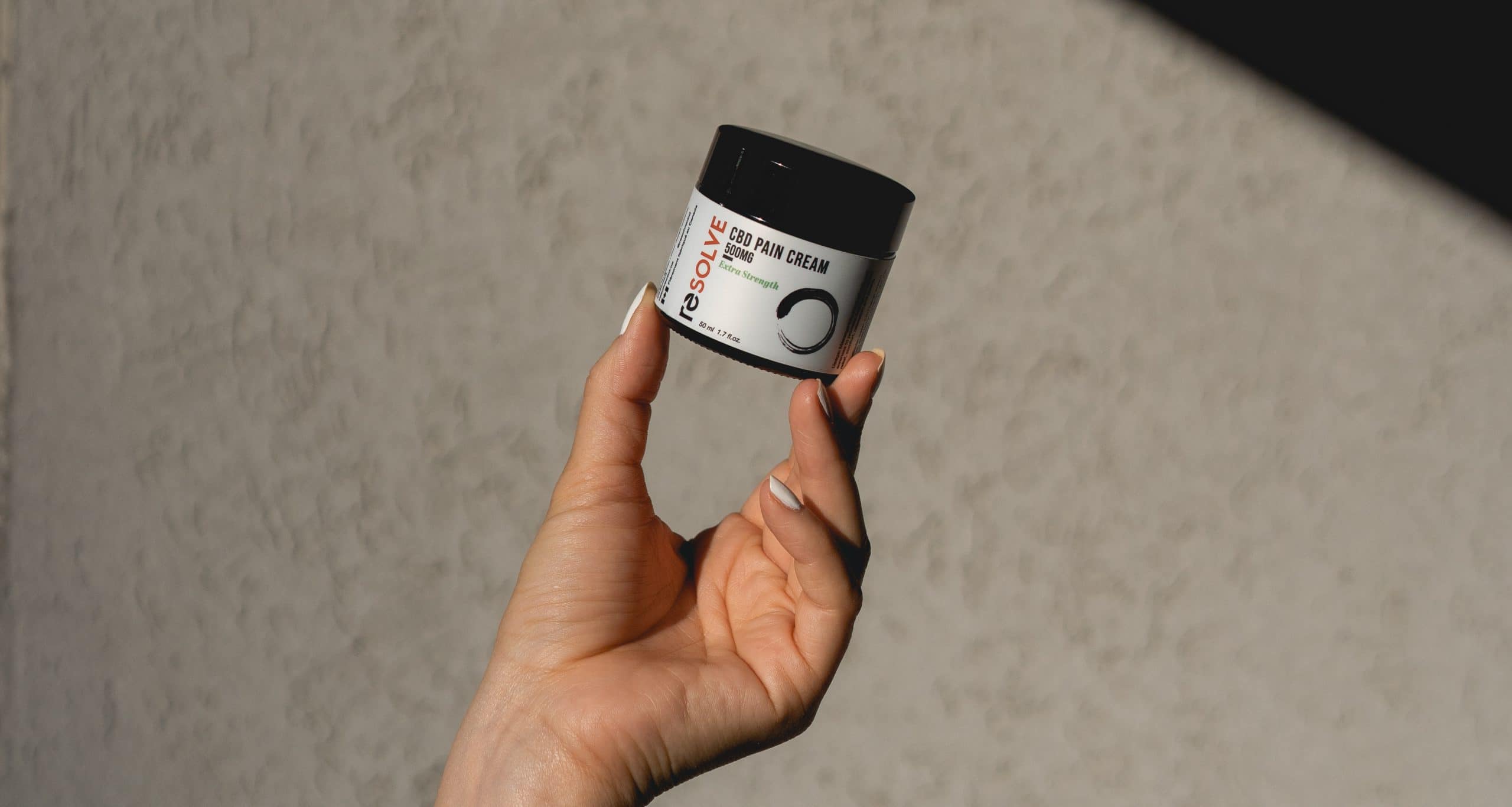

Shin splints
If you’ve ever experienced shin splints you know how nagging and painful they can be. The searing pain is as a result of small tears that occur in the muscles around your tibia, or shin bone. Unfortunately, they are also very common—approximately 15% of all running injuries are shin splints. New runners are particularly at risk of developing shin splints, as well as those who push themselves too much too quickly. They can also happen if a runner is wearing the wrong shoe that doesn’t suit their arch shape. When you first experience the pain of shin splints, it’s important to slow down to a more comfortable level for about a week or so.
Apart from easing your distance and speeds in subsequent runs, recovery includes resting, ice, and your choice of pain relief. This may be ibuprofen or a natural alternative like CBD cream, depending on your preference for pain treatment. If you continue to run during that period of time, wearing an air cast ankle brace throughout the day and during your run can help speed the recovery process. When running, if you begin to experience tenderness up and down your leg it’s important to stop running. If you slow down to a walking pace and the pain persists, that may be a sign of a fracture.
Stress Fracture
Stress fractures are different from acute fractures in that stress fractures happen over time as a result of continued strain. On the other hand, acute fractures happen immediately, usually from slips or falls. Runners are prone to stress fractures because they consistently place tension on their shins, feet, and/or heels. Unfortunately, stress fractures are one of the most serious running injuries, with recovery time ranging from eight to sixteen weeks. The amount of rest required will depend on the severity of the injury, but in short, you need to take time off from running entirely. If you want to maintain your fitness or exercise routine, you can swap running for swimming for the duration of your recovery period. Similar to shin splints, the pain relief is entirely up to your discretion—both natural and traditional pain relief methods are acceptable.
In summary, running injuries are plenty and can sometimes be difficult to avoid. Treating your injuries immediately and avoiding activities that may cause additional tension is vital to your recovery. CBD products can help with pain relief and inflammation in conjunction with the recommended treatment provided by your physician or healthcare specialist.
Written by: Rahaf Khalil
DISCLAIMER: Information and products presented by resolveCBD are not intended to diagnose, treat, cure, or prevent any disease or ailment, nor is it intended to be a substitute or alternative for professional medical advice. Always consult with a licensed professional regarding medical treatment or possible interactions with prescribed drugs. Products are intended to be used as directed, by individuals who are 19 years of age or older.


